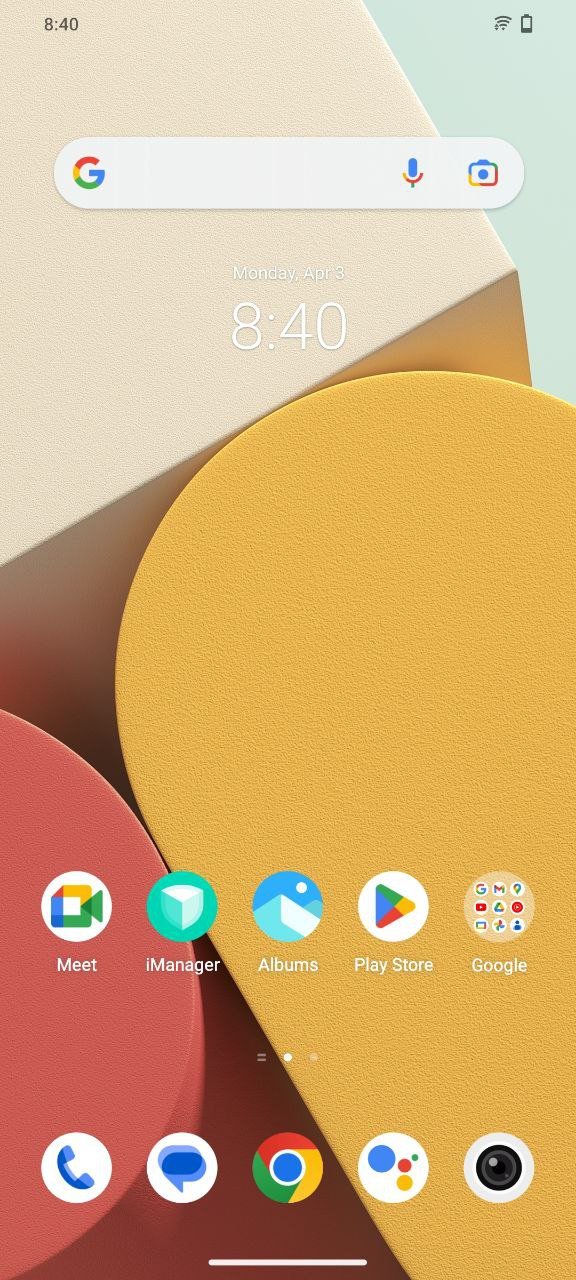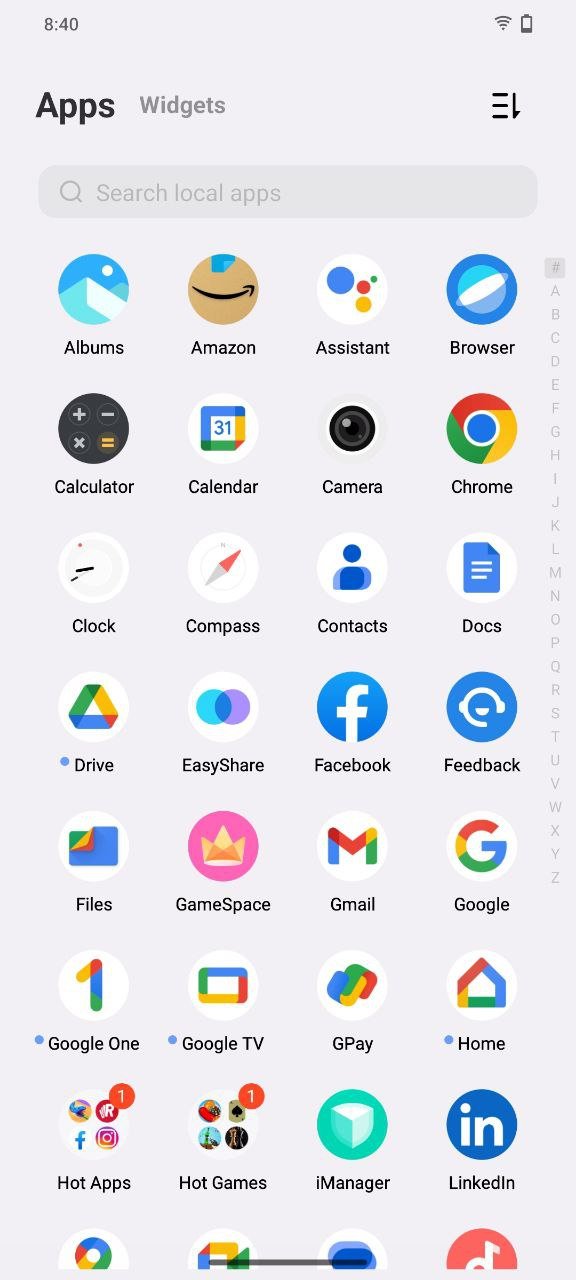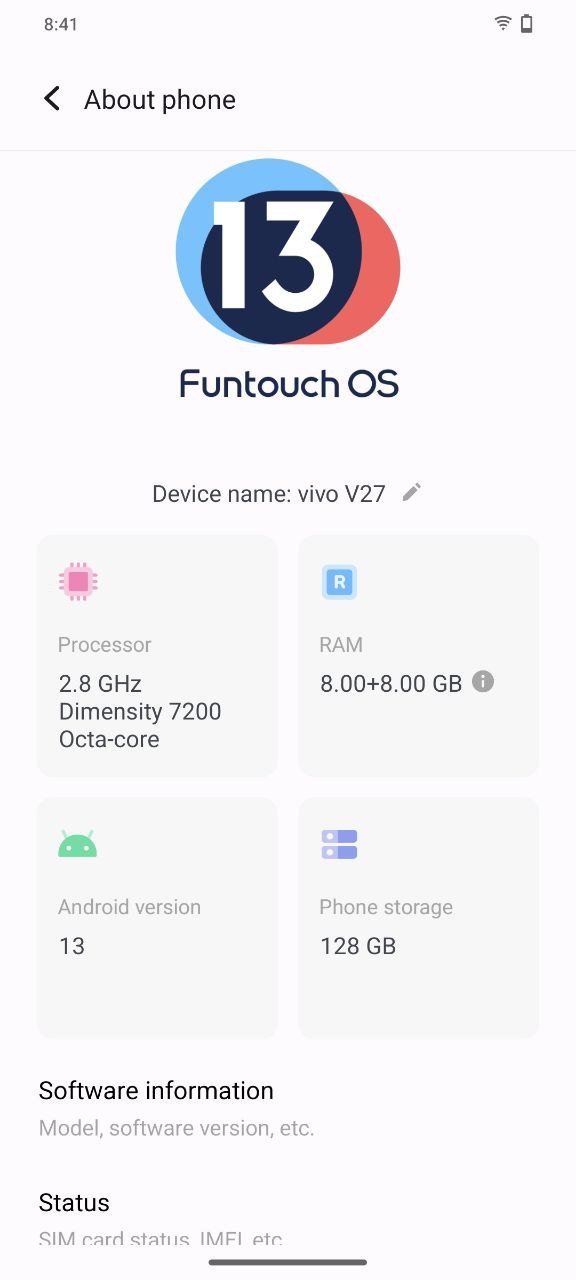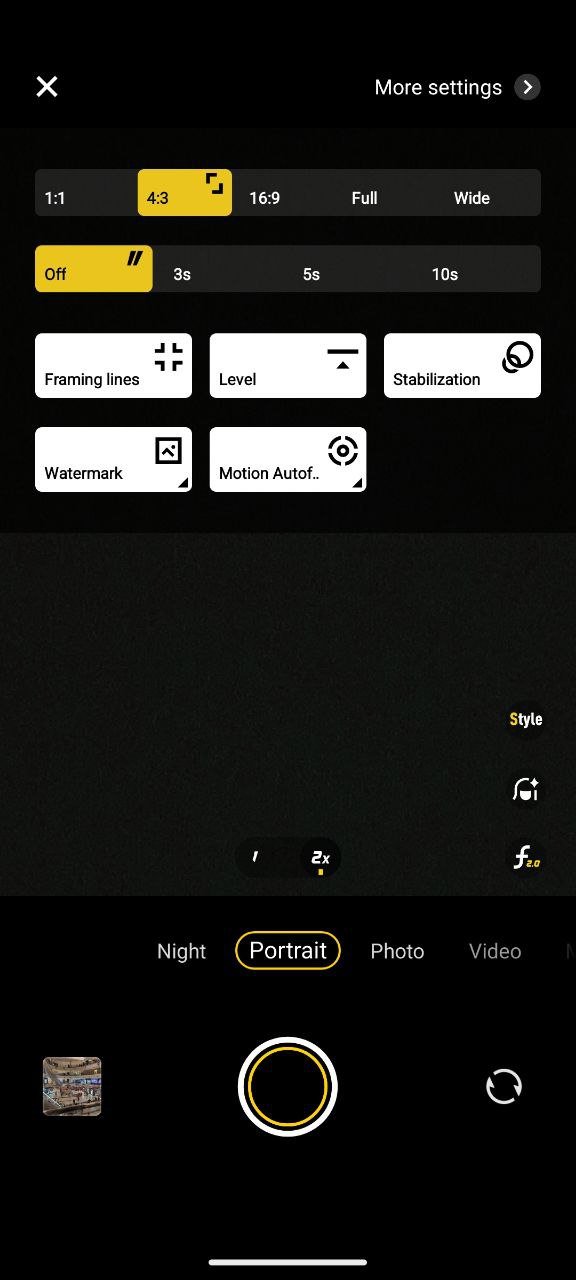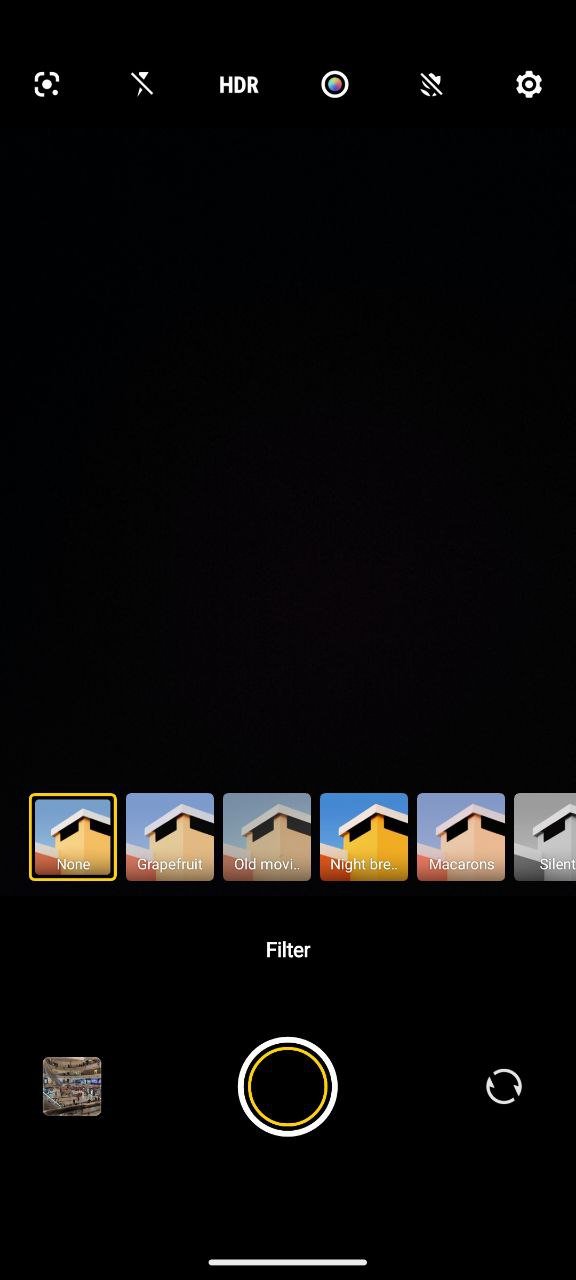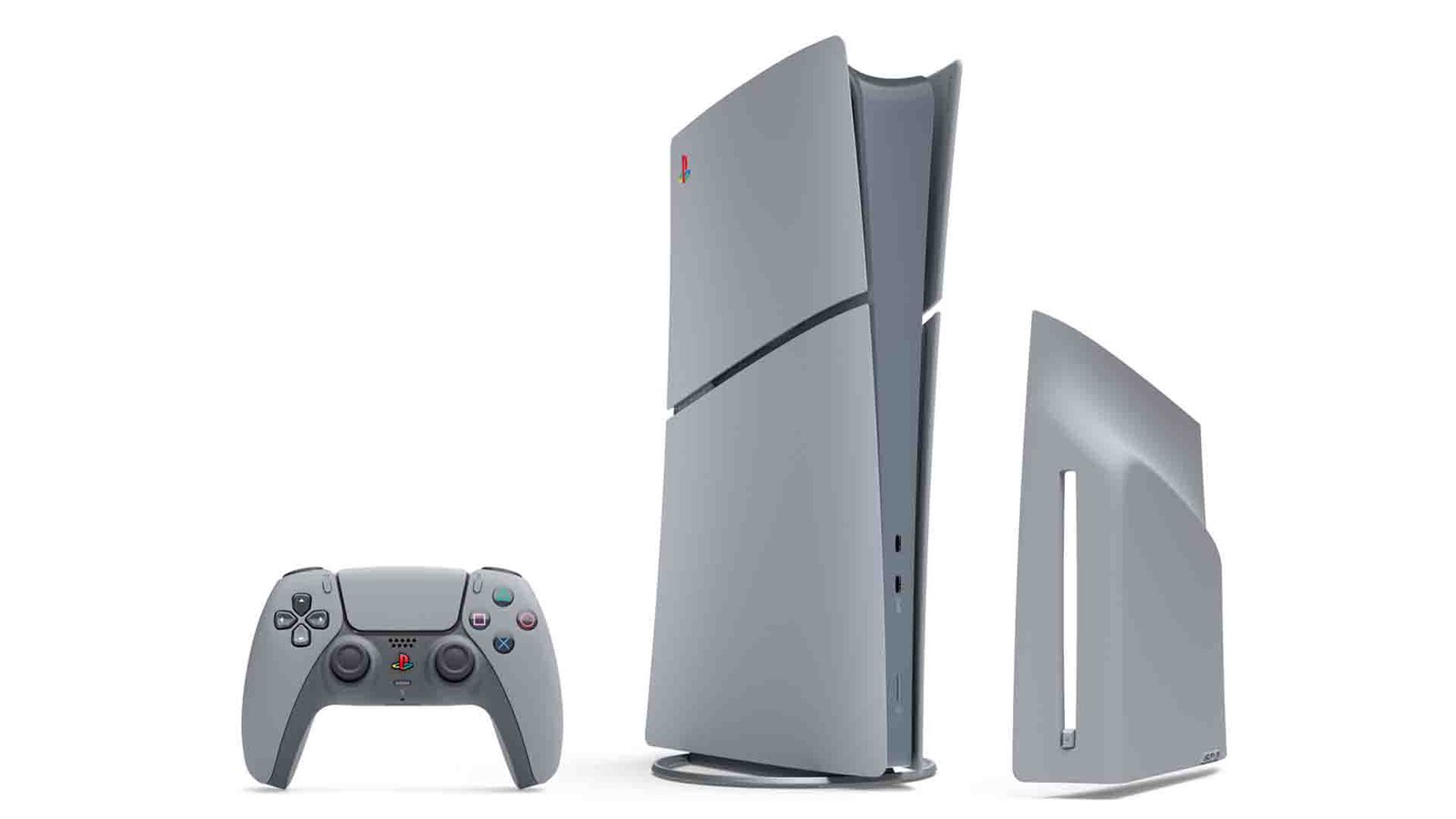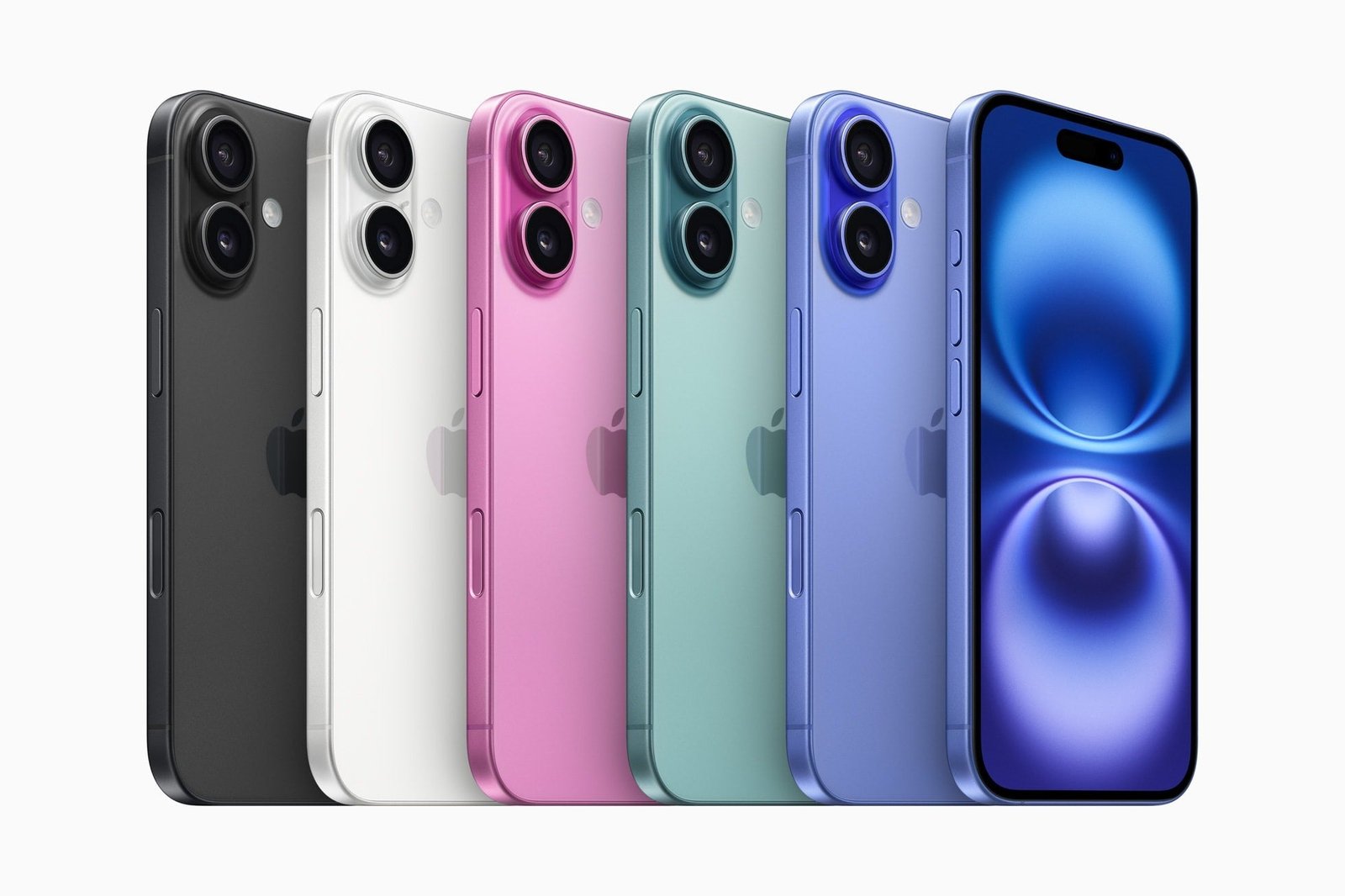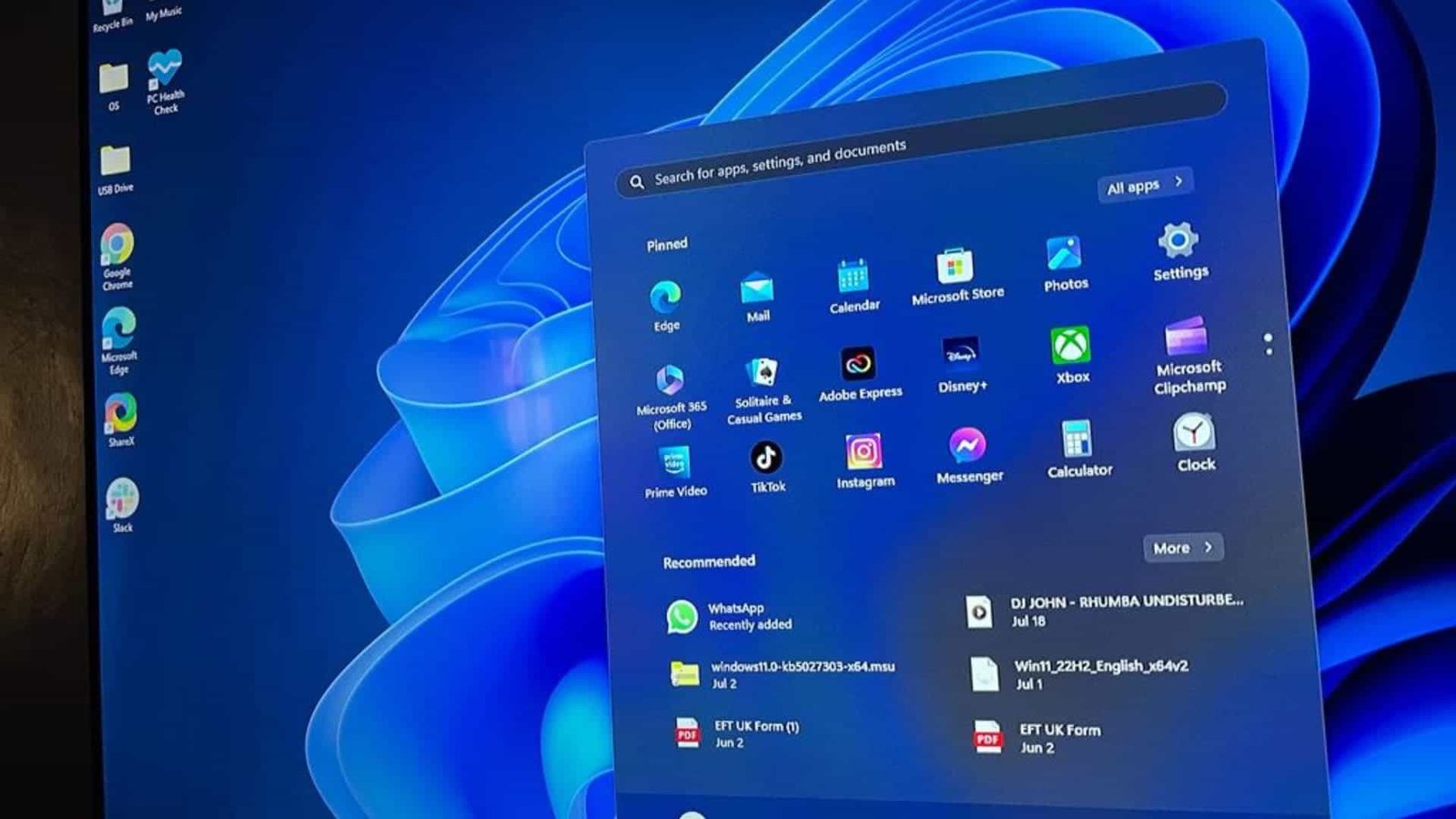Vivo launches new versions of its V-series every six months, with the V25 series being released towards the end of last year. The company has now introduced the latest V27 series, which boasts several noteworthy updates to the lineup. The V27 model has received a revamp in terms of its design, a more powerful processor, better cameras, and other features for a price just above INR 30,000. While this all sounds promising, the question remains as to whether the phone can hold its own against competitors as a “value buy”. To help you make an informed decision, we provide a complete review of the V27 down below.
Vivo V27 Specifications
Before starting with the Vivo V27 review, let’s glance at the phone’s specifications, pricing, and things we get with the device.
- Display: 6.78-inch FHD+ curved AMOLED, 120Hz refresh rate
- CPU: Octa-core MediaTek Dimesnity 7200 processor
- RAM: 8/12GB
- Storage: 128/256GB
- Software: Android 13, FunTouch OS 13
- Main Camera: 50MP primary sensor + 8MP ultrawide lens + 2MP macro lens
- Selfie Camera: 50MP
- Connectivity: USB Type-C, Wi-Fi 802.11ac, Bluetooth v5.0, GPS/ A-GPS, FM Radio, IR Blaster
- Cellular: Dual SIM
- Fingerprint Scanner: Yes, in-display
- Battery: 4,600 mAh, non-removable
- Charging: 66W fast charging
Box Contents
Here’s a complete list of items you get inside the box:
- Vivo 27 smartphone
- 66W Charger
- USB Type-C charging cable
- USB Type C to 3.5mm audio jack
- Sim Ejector Tool
- Documentation
Design & Display
The design of the Vivo V27 is its standout feature. It has a sleek curved front and back that blends into a plastic frame, giving it a premium appearance. The rear panel is made of Fluorite AG Glass, which changes color from light to dark blue when exposed to sunlight or UV light, but this only applies to the blue-colored model, and those seeking a more discreet look can choose the black model.
Despite its large size, the phone feels light in the hand, weighing just under 185 grams, and is only 7.36mm thick. However, this slim design means that there is no 3.5mm headphone jack, which is a common feature in many competing models. The back of the phone houses a triple camera setup with individual lenses placed vertically, accompanied by an LED ring flash on a camera island, with the Vivo logo at the bottom.

The phone’s buttons are located on the right edge, with the volume rockers and power button, while the left side is left bare. The SIM card slot, USB Type C port, and main speaker are located on the bottom, and a secondary microphone is placed on top.
Compared to the V25 model from six months ago, the V27 has a significant upgrade in its display. It now boasts a 6.78-inch AMOLED panel with a full-HD+ resolution and a 120Hz refresh rate. The curved panel adds to the premium look and feel of the phone, without interfering with daily use. The narrow bezels surrounding the screen enhance its visual appeal.
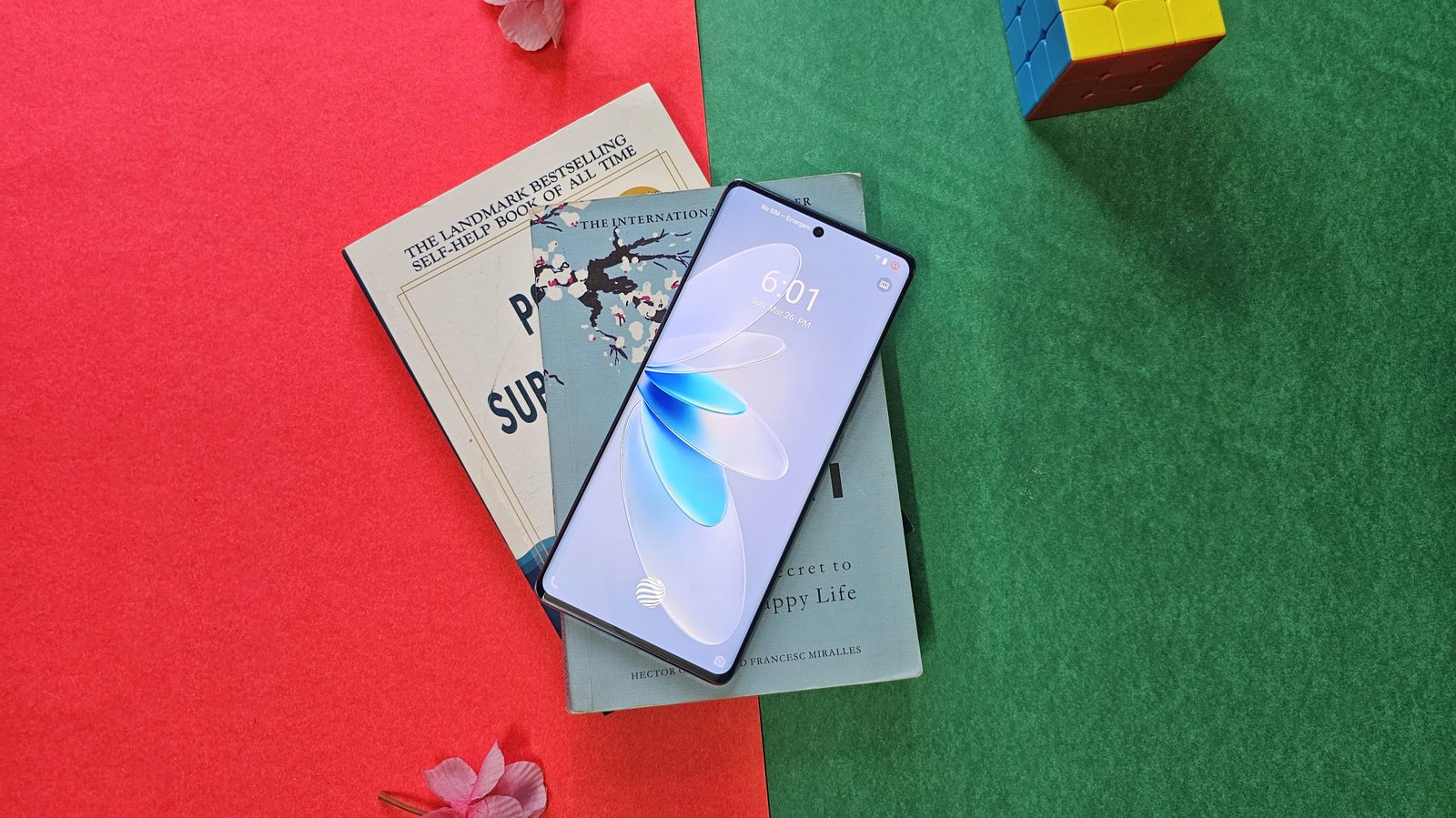
The display offers good viewing angles and vibrant colors, even in standard screen color mode. The company has not released official screen brightness figures, but the maximum display brightness level is sufficient for outdoor use. The panel has an HDR10+ certification, but streaming apps like Netflix do not seem to recognize it. The phone performs well for content consumption, but the single bottom-firing speaker detracts from the immersive experience.
Software & Performance
The Vivo V27 is equipped with the Android 13-based Funtouch OS 13 operating system out of the box. The company guarantees two significant Android upgrades and three years of security patches, which is a positive aspect. The FunTouch OS has some pre-installed third-party applications like Spotify, Byju’s, and Snapchat, but they can be removed if desired.
FunTouch OS 13 is customizable and allows users to personalize it according to their preferences, such as adjusting animation effects, speed, and other routine tasks like charging and transitioning between the lock screen and home screen. Additionally, the operating system supports Android 13’s color palette that matches the interface’s color and system icons with the wallpaper.
Coming to performance, the V27 phone is not equipped with the most advanced chip on the market, but rather with the MediaTek Dimensity 7200 SoC, which made its global debut on this smartphone. The phone’s performance was good during the review period, managing both routine tasks and gaming. The Dimensity 7200 chip is just above the Snapdragon 778G+ in the performance hierarchy, scoring 1,201 points in single-core and 2,699 points in multi-core CPU on Geekbench.

In terms of graphics, the phone scored 3,477 points in OpenCL and 3,524 in Vulkan. The phone’s gaming performance was also tested by us for the purposes of this review, and it managed to handle games like Call of Duty: Mobile and Asphalt 9 Legends extremely well, even on the highest graphics settings. We did notice the phone getting a little warm to the touch but the issue did not spiral into a major problem.
Camera & Battery
The Vivo V27 comes with a triple camera setup on the back, featuring a 50MP Sony IMX766V primary camera, an 8MP ultra-wide camera, and a 2MP macro camera. On the front, it has a 50MP front camera with autofocus for taking selfies.

In daylight, the primary camera captures images with good details and contrast, although the colors are a bit oversaturated, which is a common trend among many smartphone brands. The camera also does a decent job of maintaining skin tones while capturing human subjects. However, there is some beautification happening, even when all filters are disabled. In low light, the camera handles highlights and shadows well. While there may be a bit of noise in extremely dark shots, it is acceptable for a sensor of this size.
The ultra-wide camera captures good colors, but it tends to boost greens and blues in images. Its dynamic range performance is not as good as that of the primary camera. Although the software tries to fix distorted edges, they are still noticeable. The 2MP macro sensor takes average shots, and shaky hands may make it difficult to get the focus right.
The front camera’s performance is similar to that of the V25. It accurately captures skin tones, but there is a layer of skin smoothening in almost all images, regardless of whether the beautification toggle is disabled. However, the phone excels at portraits, creating good linear blur and accurate edge cutouts.
In terms of video, the Vivo V27 can record up to 4K 60fps using both the rear and front cameras, while the ultra-wide camera can record 1080 30fps videos. The primary camera performs well, thanks to its optical image stabilization (OIS) and electronic image stabilization (EIS).
The Vivo V27’s 4,600mAh battery can last all day with medium to light usage, and it consistently delivered 6.5 hours of screen time during our extended review period. Despite its relatively small capacity, Vivo has optimized the battery life to a great extent. The phone can be charged from zero to 100% in about an hour using the bundled 66W fast charger and cable setup.

